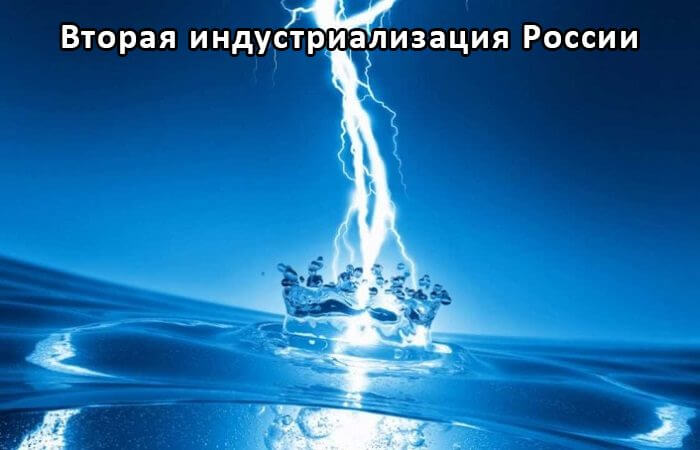Composite fuel. Fuel from water and diesel fuel.

Composite fuel. Fuel from water and diesel fuel.
Composite fuel is a hydrocarbon fuel (diesel fuel, kerosene, fuel oil, etc.) + water, bonded at a molecular level, in the proportion 50% to 50%, which leads to a decrease of consumption of composite fuel is not less than 15% in comparison with the consumption of source fuels. The use of composite fuel does not require modification of the fuel system of the vehicle or equipment. Composite fuel retains its properties and quality up to 1 year.
Description:
Composite fuel is a new kind of fuel. Composite fuel (composite fuel, KT) is a hydrocarbon fuel + water, United at the molecular level – is a fundamentally new type of liquid fuelthat is different from the hydrocarbon fuel by the peculiarities of the burnout and heat transfer. In the process of connection of water and hydrocarbon fuel, the water becomes a catalyst that improves the combustion process.
Existing technologies of synthesis of hydrocarbon fuels are based on high-temperature cracking process using catalysts. This is the process of breaking higher hydrocarbons to hydrocarbons with a lower molecular weight, due to the rupture of the C—C bonds of hydrocarbons in the gas phase. This produced high-volatile methyl and ethyl radicals, which can’t be used in fuels. These processes are multistage, time-consuming, are characterized by a low yield of gasoline fractions. The second problem that reduces the quality of consumer of hydrocarbon fuels, connected with the organization of fuel combustion in engines and boilers: there are by-products of incomplete combustion and reducing the calorific value of fuels. This is because the combustion process requires for its initiation and the maintenance of free radicals, almost 100% source of which is the aqueous phase withdrawn from the air or contained as impurities in the fuel. Theoretically and experimentally proved that the combustion of hydrocarbons without water does not occur.
Where to get free radicals? There are several sources of generation of free radicals: the aqueous-aerosol phase, ion-radicals in the form of trace impurities, the electron flow from the systems of ignition, etc. But their concentration in the air and fuel is low. To increase the concentration of ion radicals in our time, used special handling of fuels, called activation. When activation occurs not only the increase in the content of the ion-radicals, but also change the fluid properties (viscosity, fluidity, surface tension, etc.). In water and hydrocarbons rise to new phases of substances stabilized by electrostatic forces from charges related. In this case, the concentration of free radicals may increase to 105 times, which allows to realize low-temperature combustion, more complete use of fuel, the sharp decline in the concentration of products of incomplete combustion, increasing the lifespan and efficiency of the engine. In the development of technologies for producing a combined active fuel (composite fuel) on the basis of high-molecular oil fractions (diesel fuel, kerosene, fuel oil, etc.) and water, used vortex cavitation and rotary-pulsation setup (rotary-pulse apparatus).
The working principle of these actuators is based on intensive mixing of different types of hydrocarbons and water at the molecular level due to the vortex motion and cavitation – due to the so-called hydrodynamic cavitation. It is known that when exposed to solids in a liquid medium powerful pulses, they not only undergo grinding, but acquire a physico-chemical and technological properties different from those acquire for the dispersion to the same Tonini on other shredders.Until recently, she was the cavitation was considered as an extremely negative phenomenon, as it was accompanied by a failure of the hydraulic systems and erosional destruction of hydraulic equipment. However, recent studies have shown that under certain conditions it is possible to cause hydrodynamic cavitation “breakaway” type, in which the cavitation bubbles collapse in the liquid, not on the channel walls, which allows the use of the destructive effect of cavitation for intensive treatment of liquid formulations without the destruction of the working bodies of the equipment. Compared with the cavitation generated by ultrasonic devices, hydrodynamic cavitation has a number of advantages: lower unit costs, lower cost devices, the simplicity of their design and operation, the possibility of combination with other effects.
Advantages:
– increase of the original fuel after processing to 50%,
– the heat of combustion of a composite fuel is not inferior to the original fuel
– the viscosity of the composite fuel is lower viscosity of the original fuel,
– does not require changes to the system the input of fuel and does not lead to the deterioration of the atomization of the existing input systems in relation to the original fuel in the whole range of temperatures of fuel and pressures on the systems input fuel
– reduction of consumption of composite fuel is not less than 15%, compared with the consumption of raw fuel that does not lead to the deterioration of boilers,
– storing composite fuel at a temperature of 60…90°C in the same compartment as the original fuel,
composite fuel retains its properties and quality up to 1 year
– the number of structurally modified water introduced into the composite fuel, can reach up to 60%….70%,
– disposal of watered fuel oil and wastewater contaminated with oil,
– if the tanks storing the original fuel water lenses large size after treatment device development of a composite fuel is created fuel high quality,
– allows you to exclude the costs of dewatering the source of fuel,
– reduced the amount of harmful emissions into the atmosphere (soot 30-50%, co and NOx in 2-3 times),
composite fuel reduces the combustion temperature and rate of combustion of the fuel / air mixture
– inhibits the development predlagaemogo oxidation of hydrocarbons,
composite fuel increases the completeness of combustion of the fuel / air mixture
– composite fuel evens out the change of the torque by angle of rotation of the engine internal combustion and thereby increases the power of the engine.



